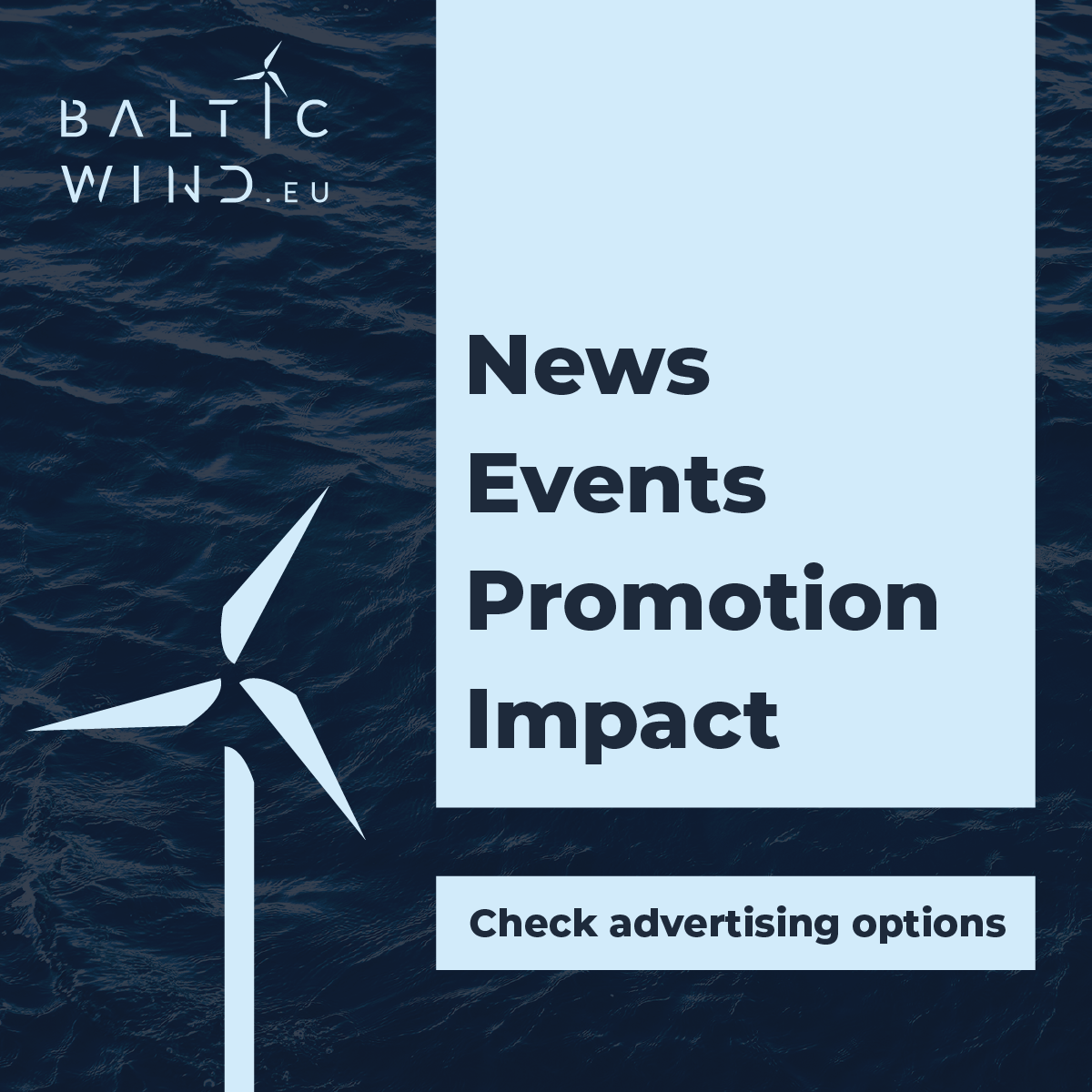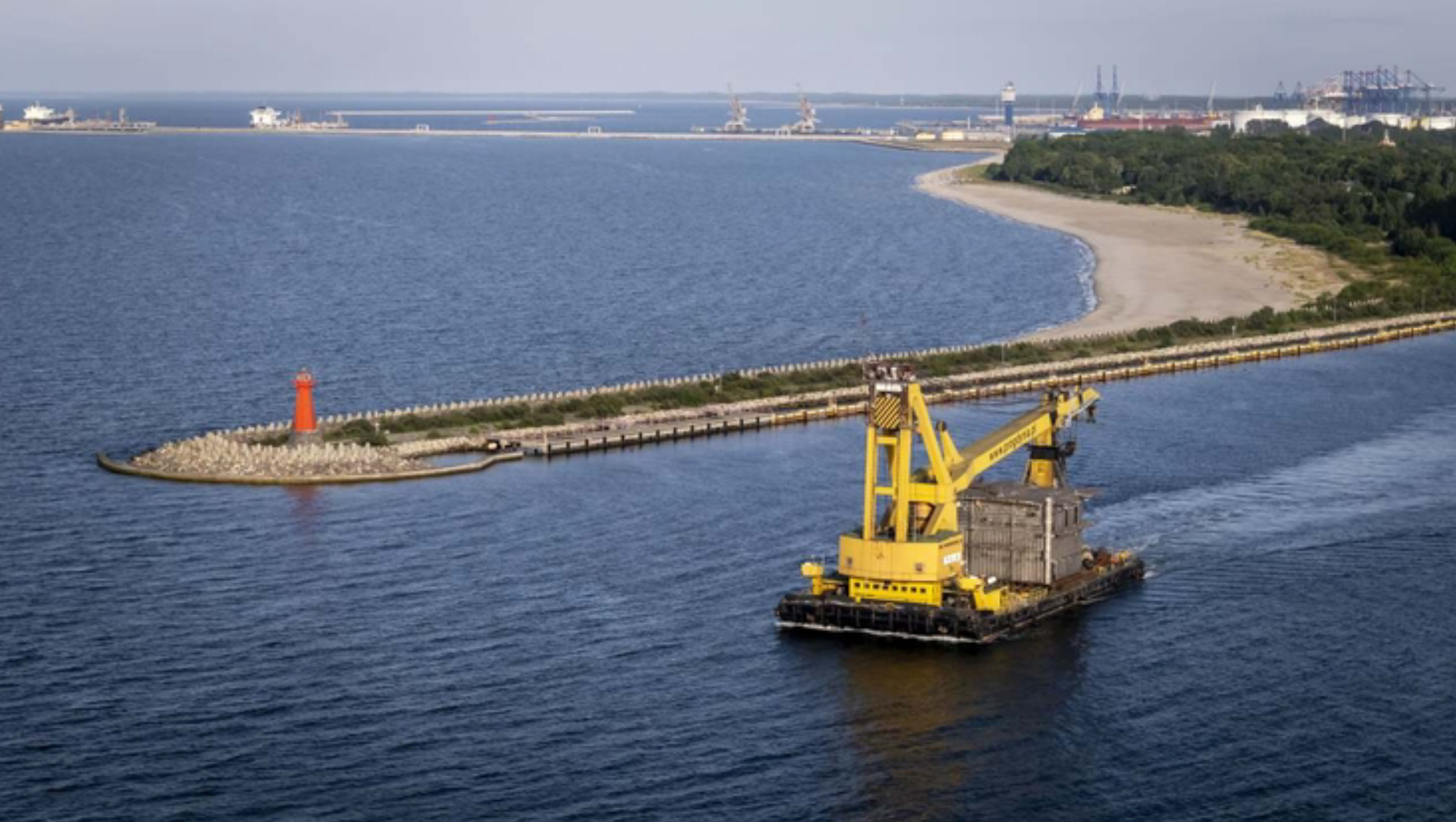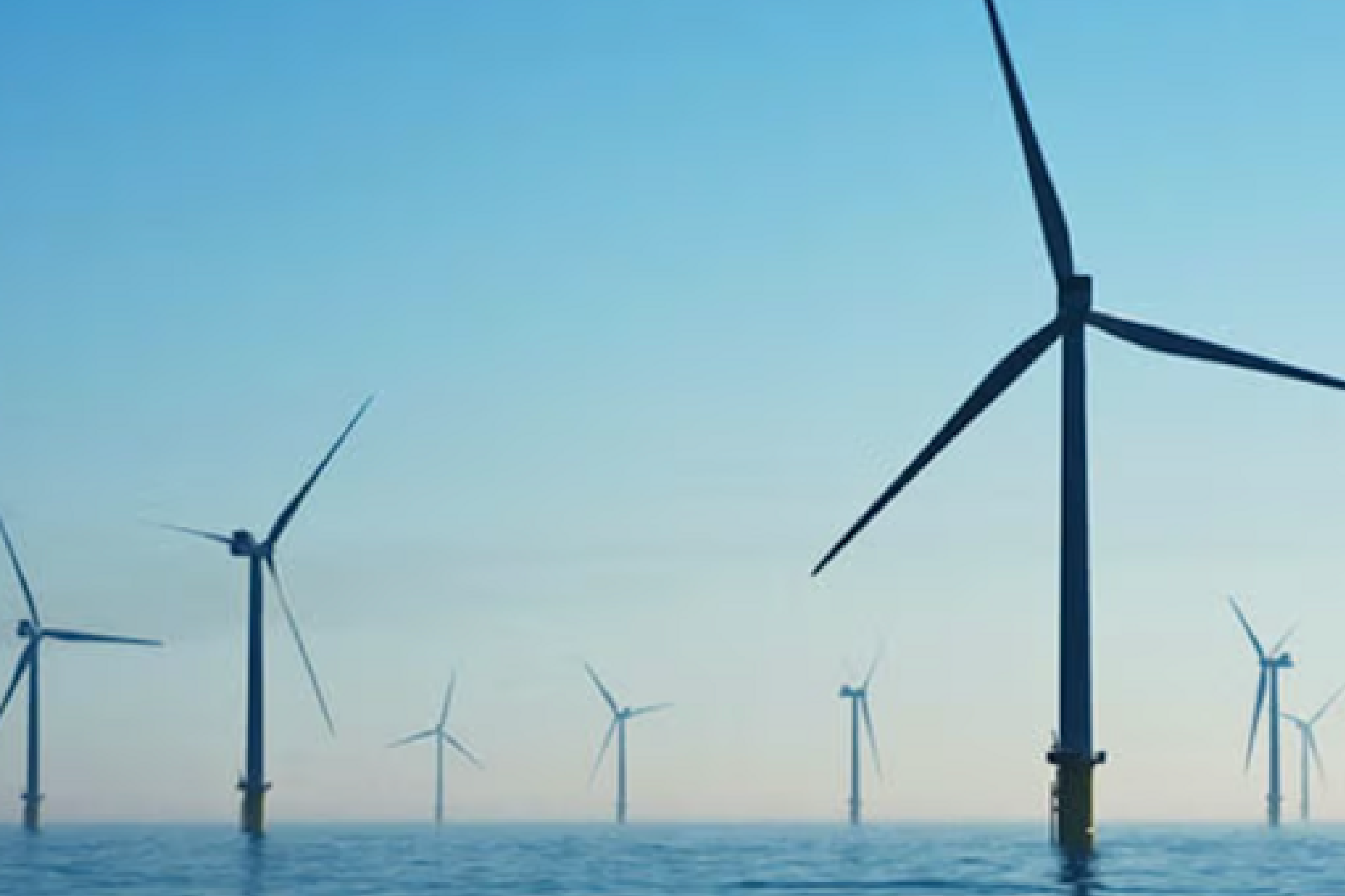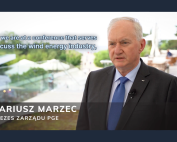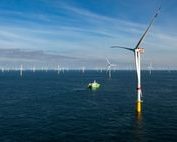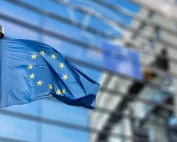There is no longer any doubt that wind energy in the Baltic Sea region will play a key role in the development of green hydrogen production. Recently, the BASREHRT project – the Baltic Sea Renewable Energy and Hydrogen Experts Roundtable – was launched. It is a platform for cooperation in the Baltic Sea Region that can translate into cross-border cooperation projects.
Members of the Swedish Hydrogen Association Vätgas Sverige, the Estonian Association of Hydrogen Technologies EAHT and the Latvian Hydrogen Association H2Lv have received a small grant for the BASREHRT project from the Swedish Institute. The project was initiated by the Swedish Institute and the Latvian Hydrogen Association. It is a platform for qualified experts from three countries to work together to implement RES-based green hydrogen production. The idea of the project is to combine knowledge and practical experience in the field, thus creating synergies and, based on this synergy, innovative technological ideas.
The aim of the project is to establish a cooperation platform in the Baltic Sea region to mobilize and increase cooperation between actors in the hydrogen and RES sectors, which will lead to the identification of cross-border cooperation projects.
As we read on the associations’ websites, the work is planned in the form of roundtables. Initially, it was intended that the country experts would meet physically, but through COVID 19 the project changed the concept and a hybrid form was temporarily adopted. The project began on February 9 with the first roundtable meeting in Riga. The potential of offshore wind energy was at the center of the discussion. Estonia needs large RES capacity as soon as possible and offshore wind farms are a realistic solution to this problem. The potential in the Baltic Sea region reaches 90 GW. The stakeholders have come to a common position that Estonia is likely to reach 7 GW in offshore wind. However, the Estonian Wind Power Association has revealed a realistic figure, which is currently around 4 GW. This figure is based on the construction licensing process initiated by developers, which includes an environmental impact assessment and any required studies. Professor E. Lust from the University of Tartu calmed the heated discussion, saying that everything depends on the availability of existing networks and their capacity, and in particular on the new networks to be built. The network sets limits. Currently, Saare Wind Energy OÜ is the favorite in this race with its 1,400 GW wind farm on the southwest coast of Saaremaa Island.
Discussions are organized separately in each partner country, and the collected initiatives and project proposals are presented both at industry conferences and on the Internet, reaching also RES sector actors in other countries. After two roundtables, project partners from Sweden, Estonia, and Latvia were invited to participate in a final workshop to be held in Gothenburg on April 28.
Hydrogen has a key role to play in achieving climate neutrality for Europe. The Baltic States attach great importance to this alternative as an efficient carrier of energy produced from RES. During the first meetings, the Swedish side put the main emphasis on biogas and biomethane, from which hydrogen production will be developed. In Estonia, offshore wind farms are the main focus, as well as issues related to infrastructure for hydrogen generation and transportation at sea or on land. Latvian experts will also reflect on the role of hydrogen in several sectors, with an emphasis on energy and mobility.
Source: EAHT, Vatgas Sverige

